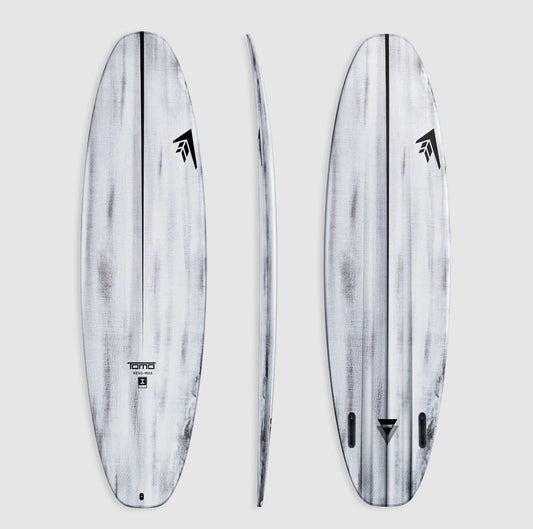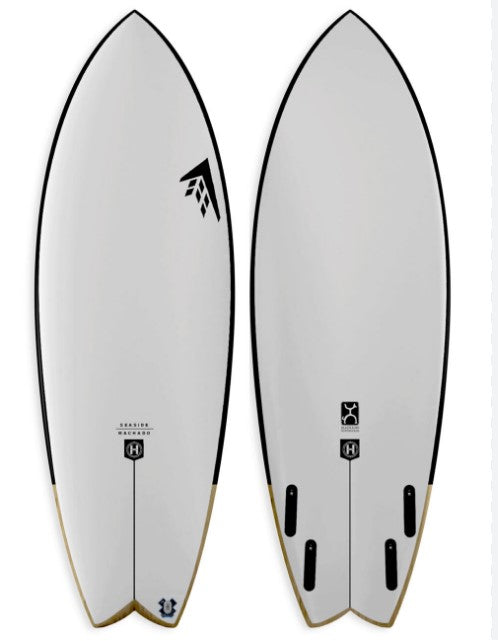Introduction: Surfing is not just a sport; it's a way of life for many enthusiasts who thrive on the adrenaline rush and the connection with the ocean. However, the invigorating experience of riding the waves comes with its own set of challenges, one of which is the risk of developing surfer's ear, especially in colder environments like New Zealand. In this blog, we'll delve into the causes and effects, incidence, treatment options, and preventive measures for surfer's ear, with a spotlight on SurfEars 3 as a product that can help safeguard against this common ailment.
Causes and Effects:
Surfer's ear, technically known as exostosis, is a condition where abnormal bone growth occurs within the ear canal. Prolonged exposure to cold water and wind, common among surfers, leads to the development of bony growths. The exact cause is believed to be the body's response to protect the ear canal from repeated exposure to cold water.

(image from https://pacificviewent.com/surfers-ear/
The effects of surfer's ear can range from mild discomfort to severe complications. Common symptoms include hearing loss, water trapping, increased susceptibility to ear infections, and the feeling of a plugged or full ear. When it gets to the point where you can't even have a quick dip in a pool without your ears getting blocked it really does start to suck!
Incidence:
Surfer's ear is prevalent among water sports enthusiasts, particularly surfers, due to their prolonged exposure to cold water and wind. Studies suggest that the longer someone engages in water activities, the higher the likelihood of developing surfer's ear. While it can affect surfers of all skill levels, those who frequently surf in cold water environments are at a higher risk.

Treatment:
-
Conservative Treatment:
- Earplugs: Wearing earplugs can help reduce exposure to cold water and wind.
- Keeping Ears Dry: Ensuring the ears are thoroughly dried after each surfing session can mitigate the risk of infection.
-
Surgical Treatment:
- Excision: In severe cases, surgery may be required to remove the bony growths. This procedure typically involves making an incision and shaving or chiseling away the excess bone.
- Postoperative Care: Following surgery, it's crucial to protect the ears from water, and earplugs may be recommended during future water activities.
Prevention:
-
Use of Earplugs:
- Products like SurfEars 3 are designed specifically to prevent surfer's ear. They feature a comfortable design that allows sound to enter while keeping cold water out.
-
Limiting Exposure:
- Balancing the time spent in the water and taking breaks to warm up can help reduce the risk of surfer's ear.
-
Wearing a Hood:
- Hoods can provide additional protection by keeping the ears covered and insulated.
-
Regular Check-ups:
- Routine ear check-ups with a healthcare professional can help detect early signs of surfer's ear and prevent complications.
SurfEars 3: A Preventive Solution:
SurfEars 3 is a state-of-the-art earplug designed for surfers. Its innovative design allows for optimal hearing while protecting the ears from cold water and wind. The secure fit ensures that the earplugs stay in place during intense water activities, providing a reliable barrier against the development of surfer's ear. Investing in products like SurfEars 3 not only safeguards your hearing but also enhances your overall surfing experience. For a more detailed description of this amazing product click on this link

Conclusion:
Surfer's ear is a common challenge faced by surfers, but with proper awareness, precautions, and the right products like SurfEars 3, enthusiasts can continue to ride the waves safely. Whether you're a seasoned surfer or a beginner, prioritizing ear health is essential to ensure a lifelong love affair with the ocean. Stay informed, take preventive measures, and enjoy the thrill of surfing while keeping surfer's ear at bay. If you have kids getting into surfing encourage them to look after their ears from a young age.



